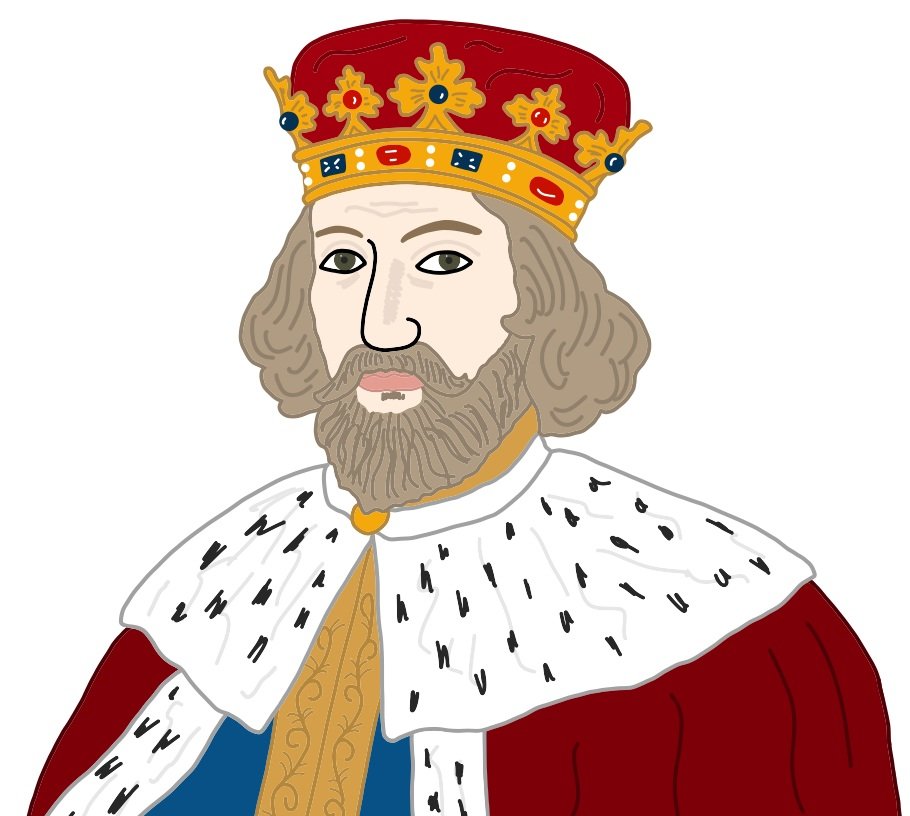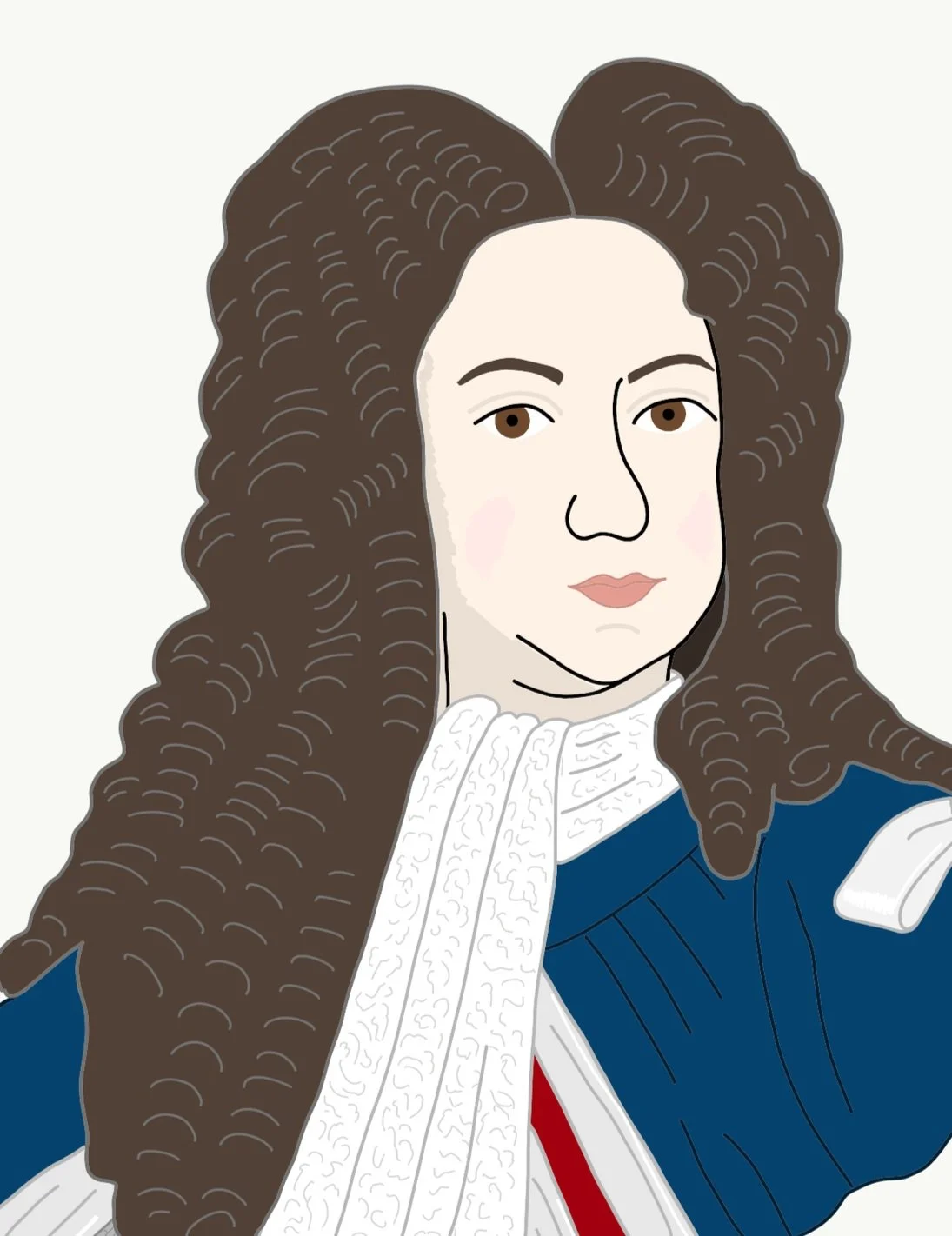October 17th - 23rd
“Mining disasters hit Scotland and Wales: Charles II gets his revenge; and two kings face battle over 600 years apart and lose major foothold over the country...”
On 17th October…
King Charles II gets his revenge
1660 - Four of the ‘59 Regicides’, the men who signed the death warrant for King Charles I of England, were hanged, drawn and quartered at Charing Cross in London for treason. Following the English Civil War which resulted in the death of King Charles I, England was once again under the rule of a king. Charles’s son, King Charles II was now in power and he wanted the men who had signed the death warrant for his father to be punished for their treasonous act. Executions had begun on 13th October and by 17th October four had already been tried and executed, the next four men on the list now knew exactly what fate had in store for them.
Edmund Ironside loses battle and most of England to King Canute
1016 - The Anglo-Saxons and Vikings faced each other on the battlefield again at the Battle of Assandun. King Edmund Ironside was defeated by King Canute of Denmark. Edmund was allowed to keep Wessex, a small part of his kingdom, but King Canute took the rest of England to rule over. Edmund died a month later and Canute became king of all England.
1931 - Thomas Edison, the American inventor of the lightbulb and the phonograph died. When he died, he held a record 1,093 patents either by himself or with partners. (A patent registers your invention and stops other people from copying or stealing your idea.)
1967 - Walt Disney’s animated version of The Jungle Book was first released in cinemas in the U.S.A. It reached Britain on Christmas Eve of the same year.
On 19th October…
King John dies shortly after losing the crown Jewels
1216 - King John of England died leaving the throne to his nine-year-old son who became King Henry III. A few days before he managed to lose the crown jewels in The Wash, a large river estuary on the east coast of England. They have never been found.
King John is most famous for signing the Magna Carta which made the king subject to the rule of law. This meant that he had to obey the law and couldn’t just do as he pleased.
1914 - The first Battle of Ypres began in World War I near the town of Ypres in Belgium.
On 20th October…
1632 - Christopher Wren, the English architect, was born in Wiltshire, England. One of his famous buildings is St Paul’s Cathedral in London.
King George I is crowned
1714 - George Ludwig of Hanover was crowned King George I of Great Britain in Westminster Abbey. His reign brought an end to the Stuart period and the beginning of the Georgian period; a time in English history when the country was ruled by kings named George.
1822 - The Sunday Times newspaper was first published in London.
1968 - Dick Fosbury, an American athlete, won the gold medal in the high jump at the Mexico City Olympics. His different style of jumping has become accepted as the most efficient technique for the high jump- the ‘Fosbury Flop’.
On 21st October…
1805 - Admiral Horatio Nelson died at sea in the Battle of Trafalgar. He was a famous Commander of the Royal Navy who led the British to victory in many battles, including Trafalgar which was also won on this day. His statue stands 51.6m high in the centre of Trafalgar Square in London.
1833 - Alfred Nobel, the Swedish chemist who invented dynamite and founded the Nobel Prizes was born in Stockholm, Sweden.
Florence Nightingale sets off for Crimea
1854 - Florence Nightingale left London to tend to the wounded soldiers in the Crimean War. She was given the nickname of ‘the lady with the lamp’ whilst working there because she continued to tend to the wounded soldiers by lamplight during the night. She also improved conditions of the hospital and is the founder of modern nursing in Britain.
1966 - A major disaster struck the Welsh mining village of Aberfan when a colliery spoil tip slid downhill and covered a local primary school. The spoil tip full of coal slurry (a mixture of crushed coal and water) was nearly 35 metres tall and contained nearly 230,000 cubic metres of waste. It became more and more dangerous following days and weeks of heavy rain which caused the spoil tip to collapse and form a landslide. The landslide rushed down the mountainside and towards the school destroying two farm cottages along the way. In total 144 people died in the tragedy, 116 of them were children.
On 22nd October…
1877 - Disaster struck at the Blantyre Mine in Scotland. High Blantyre was a mining village near to Glasgow whose mine suffered a huge explosion which killed over 200 men and boys leaving behind 106 widows, 300 fatherless children and 50 dependent relatives. It remains the worst mining disaster in Scottish history.
On 23rd October…
Charles I defeats the Parliamentarians but fails to get London
1642 - The Battle of Edgehill took place in Warwickshire at the beginning of the English Civil War. King Charles I and his army beat the Parliamentarian forces but failed to get to London before them. Instead, Charles I and his army took the towns of Banbury and Brentford first which allowed his opponents, the Parliamentarians to reach London and increase their support and forces in the capital city. King Charles I was forced to make Oxford the centre of his headquarters.
1940 - Edson Arantes do Nascimento better known as Pele was born in Brazil. He was voted Footballer of the Century and scored 1,281 goals in 1,363 games.





